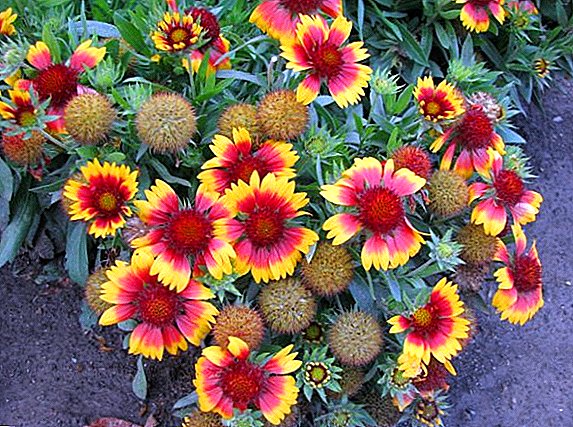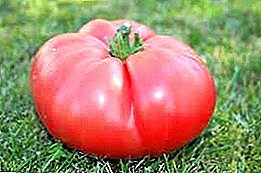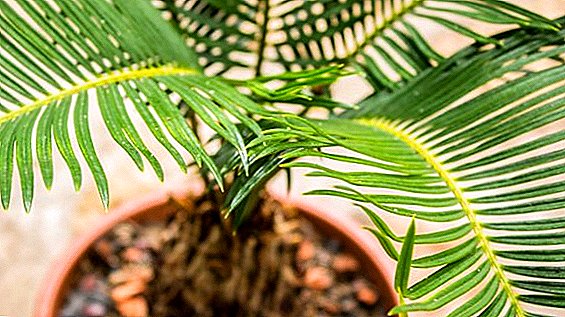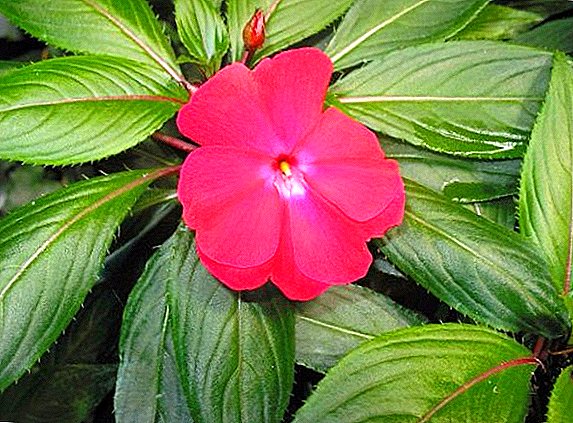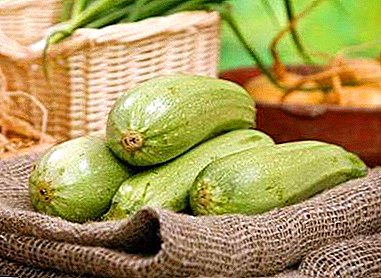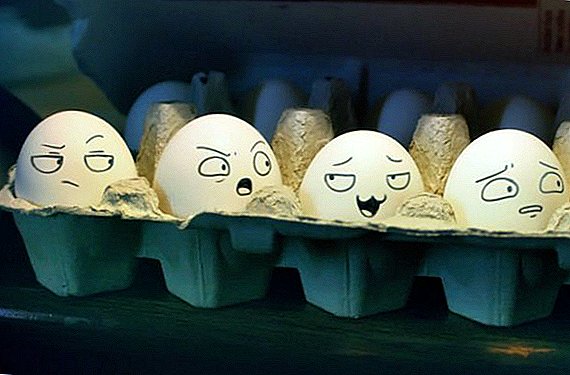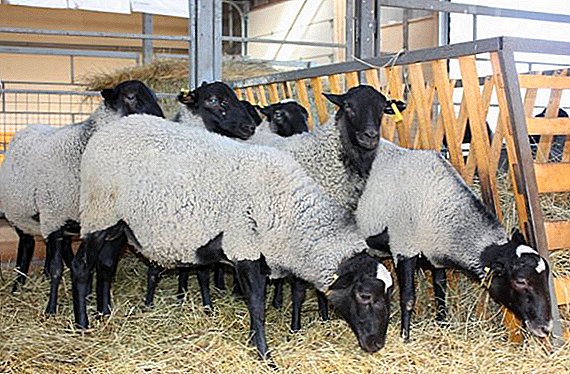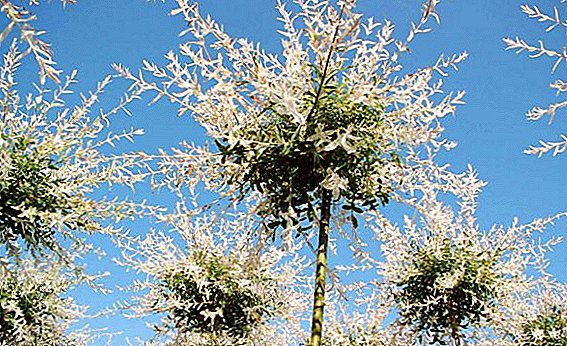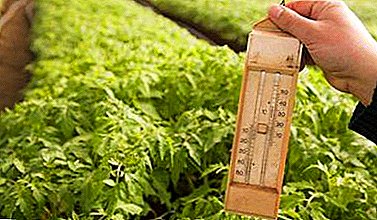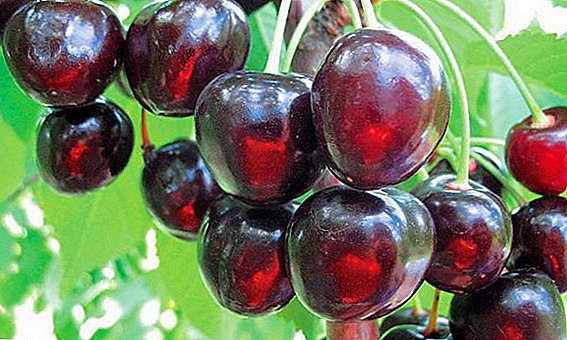 Many believe that a fruit tree like sweet cherry can be cultivated exclusively in the southern regions. But modern breeders were able to bring winter-hardy varieties that feel good in much more severe climatic conditions. These varieties include sweet cherry "Favorite Astakhova."
Many believe that a fruit tree like sweet cherry can be cultivated exclusively in the southern regions. But modern breeders were able to bring winter-hardy varieties that feel good in much more severe climatic conditions. These varieties include sweet cherry "Favorite Astakhova."
Breeding history
This variety was bred by Kanshina M.V. in the All-Russian Research Institute of Lupine, which is located in Bryansk and is known for creating many varieties of fruit, including sweet cherries. In 2011, the variety was zoned in the Central region.
Tree description
Trees "Astakhov's Favorite" are characterized as medium vigor. They reach 4 meters in height. Trees differ sprawling, rounded or oval and not too dense crown. The bark is dark gray, scaly. The leaves are medium in size, elliptical in shape.
Did you know? Cherry trees usually cannot boast of tall growth, but there are specimens reaching 30 meters in height.
Fruit Description
The flowers are of traditional white color and medium size. Fruits are large, their color is dark red. The mass of berries is on average 5 g, but it can reach 8 g. The pulp of the fruit is juicy, its taste is sweet. Fruits contain 17% dry matter, 12.4% sugar, 0.64% acid. Evaluation of the taste of the fruit tasters is 4.8 points on a five-point scale. 
Pollination
For the harvest this variety of sweet cherry needs pollinating treesgrowing close by. The following varieties are recommended as pollinators: Iput, Revna, Ovstuzhenka, Tyutchevka. In extreme cases, you can get by the cherries, which bloom coincides with the period of flowering at "Astihov's Favorite".
Important! Pollinating trees should be located 7-10 meters from the cherries "Favorite Astakhov." For cross-pollination, it is better to use 2-3 varieties.
Fruiting
If you properly care for "Astakhov's Pet", then it usually begins to bear fruit on the fifth year after planting the seedling. Her fruiting is regular and has no periodicity.
Gestation period
Astakhov’s “Sweetheart” sweet cherry belongs to varieties with an average maturity, i.e., to begin harvesting, one will have to wait until the beginning or mid-July. 
Yield
The considered variety has not a record, but quite good yield. With an average of one tree can be collected 10 kg sweet cherry. Industrial gardens give about 70 centners of berries per hectare.
Did you know? From the fruits of cherries get food dye, and not red, but green.
Transportability
The fruits of “Astakhov’s Favorite” are characterized by good transportability, which makes it possible to transport berries over considerable distances without losing the presentation.
Resistance to environmental conditions and diseases
"Astakhov's favorite" is well adapted to climatic conditions of the Central region of Russia, which includes the Bryansk, Vladimir, Ivanovo, Kaluga, Moscow, Ryazan, Smolensk and Tula regions.
Important! This sweet cherry differs in quite high resistance to diseases. Despite this useful feature, it is strongly recommended that regular preventive procedures be carried out to eliminate the risk of disease.
Before sap flow in a tree, which is determined by the swelling of the buds, it is useful to sprinkle it with Bordeaux mixture. After the start of flowering is recommended to re-spraying. The treatment of trees with special preparations (such as "Zircon" or "Ecoberin"), which increase its resistance to adverse conditions, has proven itself well. 
Winter hardiness
This sweet cherry was specially developed for cultivation in areas with fairly harsh climatetherefore, it has high winter hardiness. Nevertheless, it is recommended to plant it in the places protected from wind, the northern and east winds are especially undesirable.
In the first years after planting the seedlings their trunks must be wrapped for the winter. In the case of returning spring frosts, the crowns of young trees are wrapped in lutrasil (this is a synthetic material widely used by gardeners to protect plants).
See also the description of the varieties of cherries: "Franz Joseph", "Rossoshanskaya Golden", "Bullish Heart", "Adeline", "Regina", "Bryansk Pink", "Leningradskaya Chernaya", "Fatezh", "Chermashnaya", "Krasnaya" hill "," Valery Chkalov "," Large-fruited ".
Application of fruits
Undoubtedly, the fruits of "Astakhov's Favorite" are best consumed freshly harvested, but they are also suitable for various types of processing, in particular, for squeezing juice, canning, etc. Fresh berries have a tonic effect on the body, normalize metabolism, improve gastrointestinal function. - intestinal tract.
Berries are also healthy and tasty, both dried and fresh-frozen. They make excellent jams and compotes, squeeze juice, which cleanses the body of harmful substances. These berries are widely used in various cakes, pies, etc. Use it in tinctures. 
Advantages and disadvantages
As almost any culture, Astakhov's “Favorite Cherry” has both undoubted advantages and some disadvantages.
pros
Among the advantages of this variety are the following:
- high resistance to winter conditions;
- excellent taste;
- good yield;
- disease resistance.
Sweet cherries can suffer from coccomycosis and moniliasis, as well as being affected by pests.
Minuses
The drawbacks of "Astakhov's Pet" are not many, but they are. In particular, as disadvantages include:
- the need to plant next to other varieties of cherries, which are pollinators;
- harvest vulnerability to spring frosts.
Finishing the description of the sweet cherry variety “Lyubimitsa Astakhova”, we can say that this variety is valuable with a combination of winter hardiness, high taste qualities of berries and good yield. "Astakhov's favorite", undoubtedly, can become an ornament to any garden.


